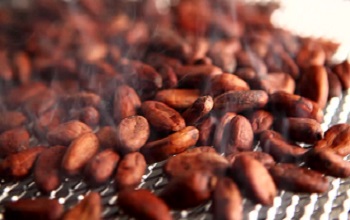Growing
The cacao plant grows in tropical regions at temperatures between 20 ° C and 30 ° C, this plant also requires adequate water and shade conditions. Agronomic handling is very important in order to ensure the quality and productivity of the fruit. The main activities required in the field are: pruning, fertilization and pest control.









